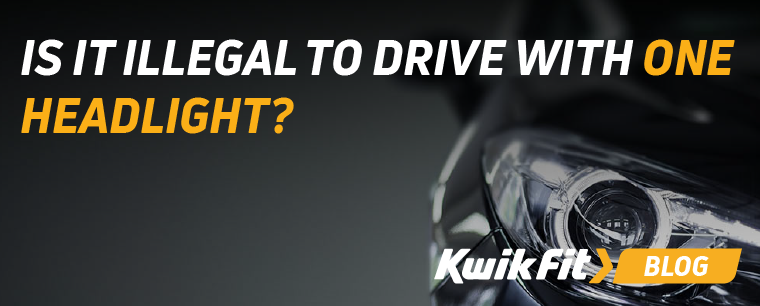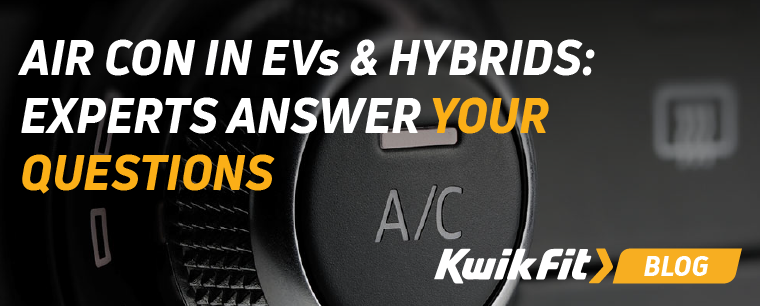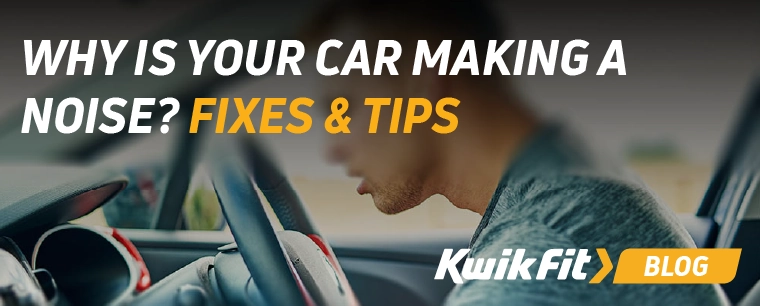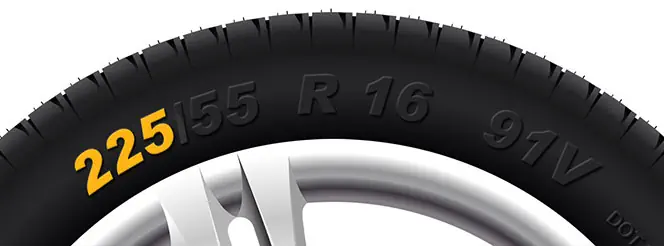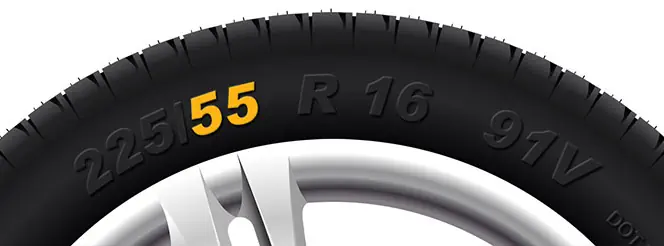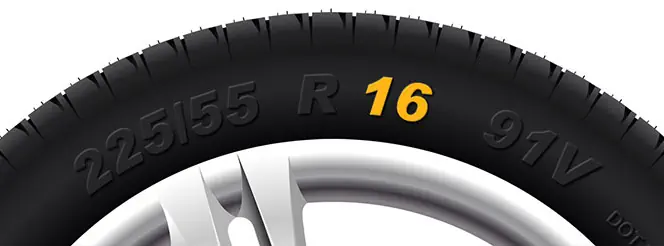How to Handle Driving Through Fog
Jack Dreyer | Wednesday 22nd February 2023 1:00pm
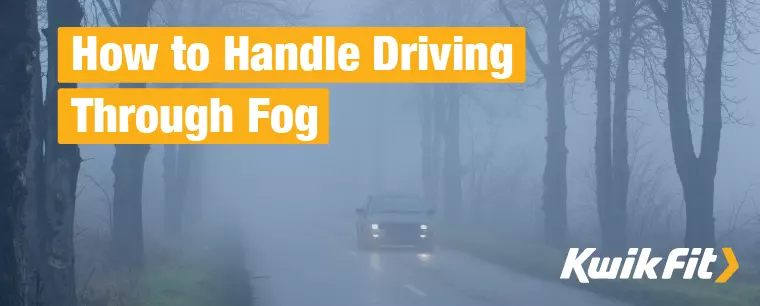
Driving through fog can be really scary the first few times you have to do so. Youíre suddenly forced to be hyper-vigilant of other drivers while having to be extra aware of your own vehicle. However, as scary as it feels at first, itís not as bad as it seems with some patience, practice, and forethought.
Use your fog lights
Because of the way that light reflects and refracts on all the moisture droplets in fog, wide-beam lights (like full-beam headlights) donít get very far. In fact, almost no light gets very far! Thatís why you also canít see ahead very well.
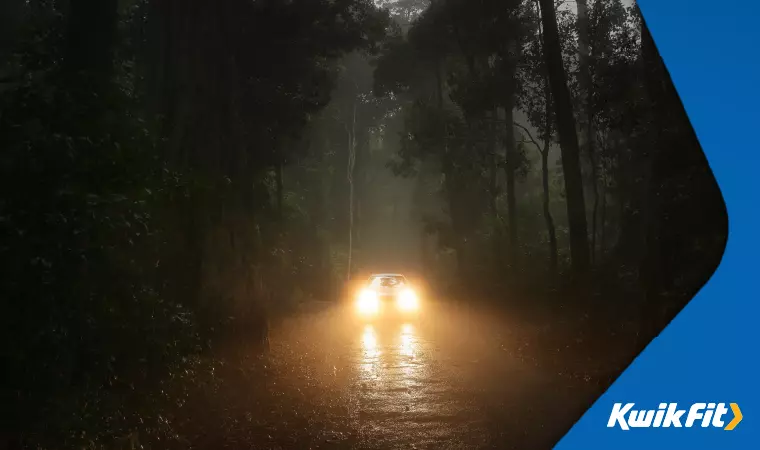
Front fog lights
Front fog lights are mounted very low on the front of the vehicle to help light up the road underneath the fog. Theyíre much brighter beams than normal full-beam headlights so should be turned off as soon as the fog clears Ė otherwise you risk dazzling other road users.
Rear fog lights
Rear fog lights Rear fog lights used to be optional extras for vehicles but at the beginning of the 2010s became mandatory in many parts of the world. That said, even before they were mandatory they were included with many vehicles. They help your car to be seen by drivers behind and they work by focusing a tight beam of light so that it gets diffused a lot less than a headlight.
As such, theyíre not any help in actually increasing visibility, but help to stop other drivers from driving into you.
Fog lights can also be used during particularly heavy rain Ė but must always be turned off when visibility returns Ė or youíll dazzle other drivers and could potentially cause an accident.
Slow down in fog
With reduced visibility comes reduced ability to react quickly. If you canít see ahead very far, then you wonít have very long to stop, change lanes, or otherwise avoid an accident.
Itís important, therefore, to make sure that you always reduce your speed to an appropriate level whenever thereís reduced visibility. Even in the worst visibility, accidents are very unlikely if everyone drives responsibly!
Try to look up ahead as well as behind
Hopefully, any cars ahead of you will have their rear fog lights turned on, so use them to gauge how traffic is flowing as much as youíre able to and try to match the flow of traffic.
At the same time, keep an eye on your rear-view mirror to make sure nobody is driving too fast up to you. If it looks like someone hasnít spotted you and is driving dangerously, turn on your hazard lights to alert them.
Make sure your lights, brakes, and wipers are functional
Other than it being a legal requirement, having to drive through fog or adverse-visibility conditions without lights, adequate brakes, or wipers can prove to be extremely dangerous Ė make sure your carís always ready for anything with regular servicing at your local Kwik Fit centre!
Any facts, figures and prices shown in our blog articles are correct at time of publication.
Featured Articles
Is it Illegal to Drive With One Headlight?
Saturday 19th July 2025
Wondering if itís illegal to drive with one headlight? Learn about the safety risks and penalties of illegal blown bulbs and why you should fix them promptly.
Air Con in EVs & Hybrids: Experts Answer Your Questions
Monday 30th June 2025
Does air con drain EV batteries? Can you use the air con while charging an electric car? Find out the answers to these questions & more from Kwik Fitís experts.
Why Is Your Car Making a Noise? Fixes & Tips
Friday 13th June 2025
When your car starts making unexpected noises, it can certainly be quite disconcerting; it may be nothing to worry about, but hereís what you need to know.


